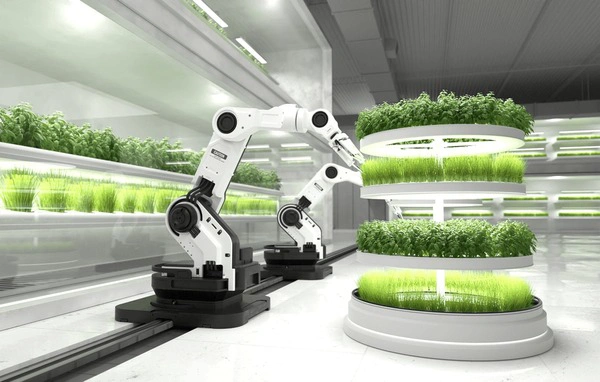
The Rise of Cultivated Meat: A Revolution in the Food Industry
Cultivated meat, created from animal cells in labs, promises to transform food production. This revolutionary method offers significant environmental benefits by reducing traditional livestock farming's impact. As technology advances, lab-grown meat could play a critical role in food security and ecosystem preservation, potentially becoming a staple in diets globally.
Jackson Mitchell
09/11/2024 - 8 months ago

Introduction to Cultivated Meat
Cultivated meat, also known as lab-grown or cell-based meat, is an innovative approach to food production that has the potential to transform the food industry. This method involves cultivating animal cells in a controlled environment, allowing them to grow into meat products without the need for traditional livestock farming. This breakthrough is not only scientifically feasible but also presents significant advantages in terms of sustainability.
The process begins with the extraction of stem cells from an animal. These cells are then placed in a nutrient-rich culture medium where they can multiply and develop into muscle tissue. This tissue is essentially the same as what you would find in a steak or chicken breast, just grown in a lab instead of on a farm. The technology leverages advances in biotechnology and tissue engineering, making it possible to produce meat that is identical in taste and texture to conventionally farmed meat.
One of the most compelling reasons for the development of cultivated meat is its potential to reduce the environmental impact of meat production. Traditional livestock farming is a major contributor to greenhouse gas emissions, deforestation, and water usage. In contrast, lab-grown meat requires significantly less land and water and produces fewer emissions, making it a more eco-friendly alternative.
Moreover, cultivated meat could play a crucial role in addressing food security issues. As the global population continues to grow, the demand for meat is expected to rise. Lab-grown meat can be produced in urban settings, reducing the need for extensive farmland and potentially lowering the cost and increasing the accessibility of meat products worldwide.
Impact on Ecosystems
The introduction of cultivated meat into the mainstream market could have profound effects on entire ecosystems. By reducing the need for livestock farming, natural habitats could be preserved, and biodiversity could be enhanced. This shift could help prevent the extinction of various species that are currently threatened by agricultural expansion.
Moreover, the reduction in livestock farming could lead to a decrease in the use of antibiotics and hormones, which are often administered to animals to promote growth and prevent disease. This could subsequently reduce the risk of antibiotic resistance, a growing concern in global health.
Another consideration is the potential for cultivated meat to reduce the strain on fishing industries. Overfishing is a critical issue affecting marine life and ecosystems. Lab-grown seafood could provide an alternative, helping to maintain fish populations and the balance of marine environments.
However, there are challenges that need to be addressed, such as public perception and regulatory approval. Many people are still skeptical about the safety and taste of lab-grown meat. Clear communication and transparency about the production processes are essential to gain consumer trust and acceptance.
Future Prospects
The future of cultivated meat looks promising, with several companies already making strides in this field. Start-ups and established firms alike are investing in research and development to improve the efficiency and affordability of lab-grown meat production. These advancements could potentially lead to a widespread adoption of this technology in the coming years.
As production methods become more refined, the cost of cultivated meat is expected to decrease, making it more accessible to the general public. This could democratize access to high-quality protein sources, particularly in regions where traditional meat is scarce or expensive.
Additionally, cultivated meat could pave the way for personalized nutrition. By manipulating the nutrient content during the cultivation process, it might be possible to produce meat that caters to specific dietary needs or health conditions, offering a tailored approach to nutrition.
While there is still much work to be done, the potential benefits of cultivated meat are undeniable. It represents a significant step forward in creating a more sustainable and equitable food system. As technology and consumer acceptance evolve, lab-grown meat could become a staple in diets worldwide, offering a viable solution to some of the most pressing challenges facing our planet.


















